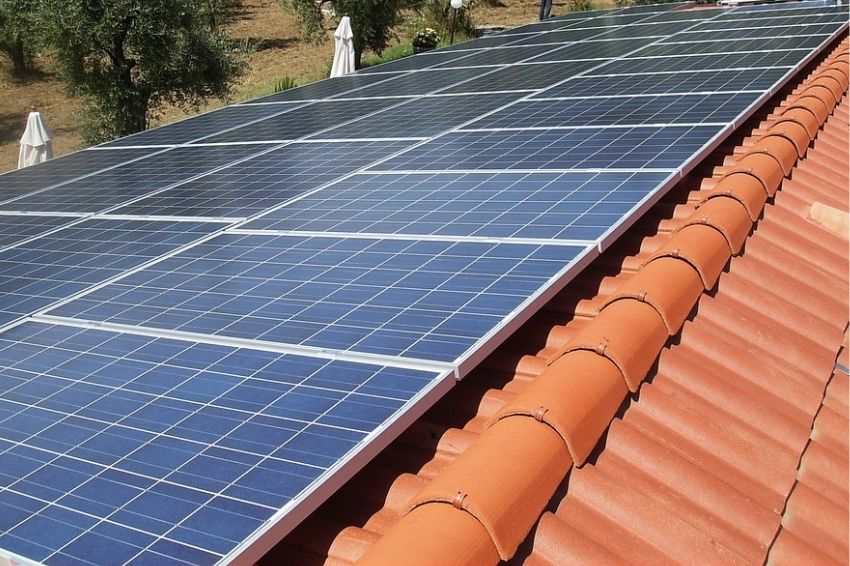More and more photovoltaic module manufacturers are introducing larger panels, with different widths, lengths, thicknesses and number of photovoltaic cells. This is due to innovation in cell sizes, among other factors.
Just to give you an idea, in 2005 the wafer measured 125 mm, today there are wafers measuring 210 mm. As a result, companies in the photovoltaic industry need to adapt to keep up with new developments and offer compatible equipment.
Among these companies are those that manufacture fixing structures. Over the years, they have constantly updated themselves to bring solutions that offer safety and efficiency for roof system installations on Brazilian properties.
To this end, they invest in initiatives to develop and produce equipment that meets the needs of the photovoltaic market.
Read too: Brazilian market will have specific standards for photovoltaic energy structures
Pablo Larrieux, marketing director at Solar Group, explains that the continuous demand for products that keep up with changes in the photovoltaic market requires companies to invest increasingly in R&D (Research and Development), among other factors.
“Investment in R&D is essential, as the market is constantly evolving. In addition to changes in the market, Solar Group considers the opinion of integrators and installers, which is the starting point for designing products that increasingly meet market demands in an appropriate and functional way”, he highlights.
Larrieux also explains how the manufacturer of photovoltaic structures has been operating in the market to keep up with changes in panel sizes. “For fixing structures, larger modules require two basic changes: the length of the profiles and the number of fasteners needed to support the structure. Regarding the first point, Solar Group makes profiles available to the market in the length necessary to support these new modules. Regarding fasteners, the R&D area carries out technical work, updating the distance tables at which fasteners must be placed to guarantee the safety of the installation.”
But what happens when a customer exchanges small panels for larger ones? Can the structure be reused? “A structure built within an excellent process and with quality raw materials has a useful life of at least 20 years. If this is the case, there is no problem in reusing existing structures”, says Larrieux.
“However, due to the different dimensions of the panels, it will most likely be necessary to adapt the structures to support the new modules, both in terms of the length of the profiles and the number of fasteners. Another important point that also needs to be considered is whether the roof structure can accommodate the additional load that the panels generate”, he adds.















